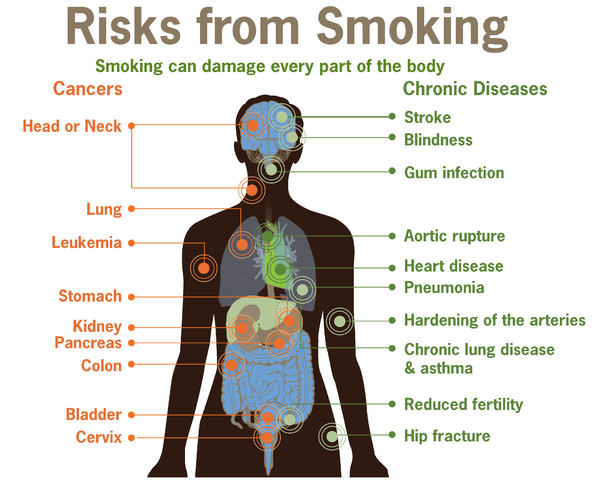While existing smoking treatments don’t usually succeed, researchers have discovered a new way to tackle nicotine addiction.
Smoking is a hard habit to kick, and most current treatments don’t lead to lasting cessation. But at last, researchers may have found the key to making quitting easier with the help of a bacterial enzyme that seeks out and destroys nicotine before it reaches the brain.
According to the study published in the Journal of the American Chemical Society on August 6, the enzyme, NicA2, is responsible for breaking down nicotine. If it can degrade nicotine before the stimulant reaches the reward centers in the brain, the enzyme could help a smoker quit by blocking the pleasurable feelings they get from smoking cigarettes.
SEE ALSO: Heroin Users Can Now Buy Controversial Drug at CVS
Current smoking cessation aids, like nicotine gum and patches, are shown to fail in at least 80 to 90 percent of smokers. While it provides a way to slowly wean off nicotine without smoking cigarettes, it does nothing to alleviate the craving. The idea behind the enzyme therapy is to destroy nicotine before it reaches the brain— depriving an individual of the “reward” feeling that can trigger a relapse into smoking.
For more than 30 years, Kim Janda, a chemistry professor and member of the Skaggs Institute for Chemical Biology at TSRI, struggled to create such an enzyme in a lab. In the new study, he and his team spiked mouse serum (a component of blood) with a dose of nicotine equivalent to one cigarette. When they added NicA2, the nicotine’s half-life dropped from two to three hours to just 9 to 15 minutes. Janda said a higher dose of the enzyme (with a few chemical modifications) could reduce the half-life even further, hindering it from ever reaching the brain at all.
 |
“The bacterium is like a little Pac-Man. It goes along and eats nicotine,” Janda said in a press release. “Our research is in the early phase of drug development process, but the study tells us the enzyme has the right properties to eventually become a successful therapeutic.” He says the next step is to alter the enzyme’s bacterial qualities in order to help minimize possible immune reactions and maximize its therapeutic potential.
Song Xue, a TSRI graduate student and first author of the new study, said that the enzyme is relatively stable in serum, which is important for a therapeutic candidate. “Hopefully we can improve its serum stability with our future studies so that a single injection may last up to a month,” added Xue.
According to the American Cancer Society, half of cigarette users will die because they smoke. Six million people die annually because of tobacco, and it’s expected that this number will rise to eight million by 2030. Perhaps NicA2 has the potential to stop that statistic from becoming a reality.








Facebook comments